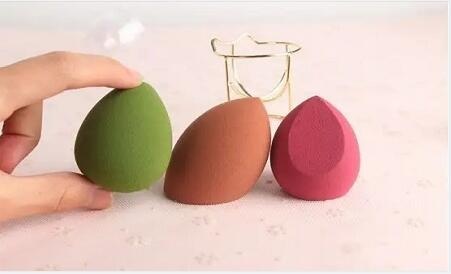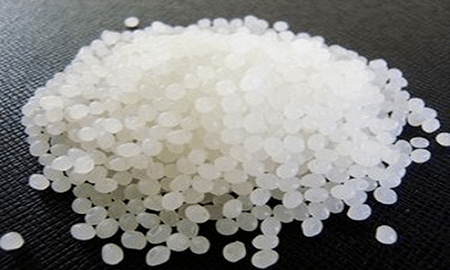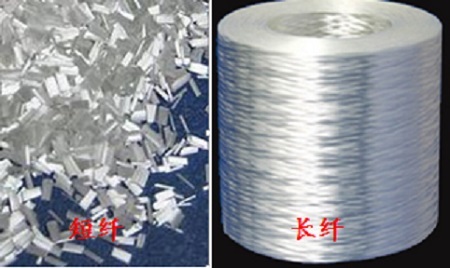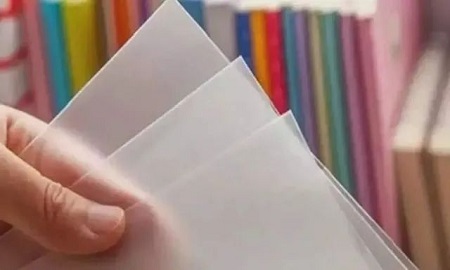You don't still use ordinary makeup eggs, do you? Antibacterial beauty egg
What you may not know is that 70% of the acne on your face is caused by mites, and the beauty egg made of sponge is the culprit. Sponge is a material refined from petroleum residues. It not only has no anti mite and bacteriostatic effect, but also has a lot of toxins and poor air permeability. Sponge has a strong adsorption, and it is easy to hide dirt and incriminations. Can you avoid acne when using this beauty egg on your face? Research has shown that there will be a large number of bacteria on the beauty eggs that are not cleaned in time. If it is used near the eyes, mouth or cut and scraped wounds, it is likely to cause various diseases from skin infection to blood poisoning.
10-11 / 2022







_1661912775196.jpg)
